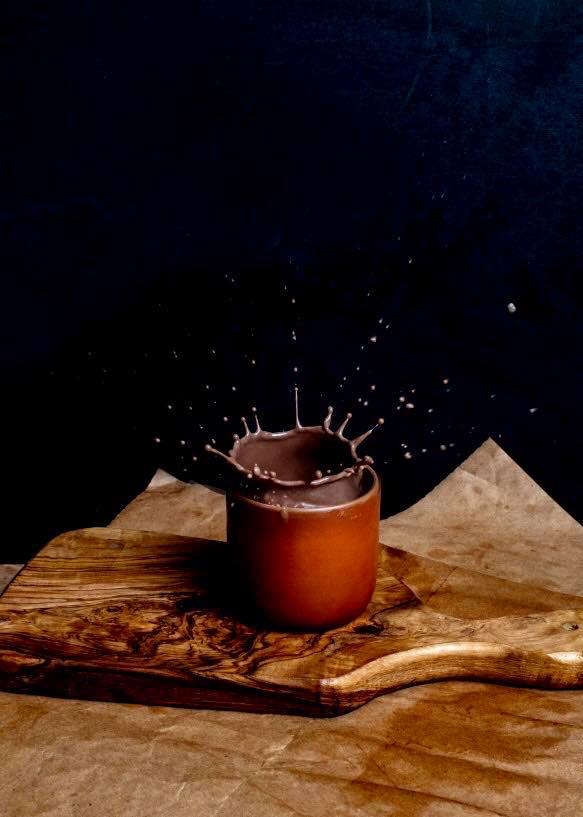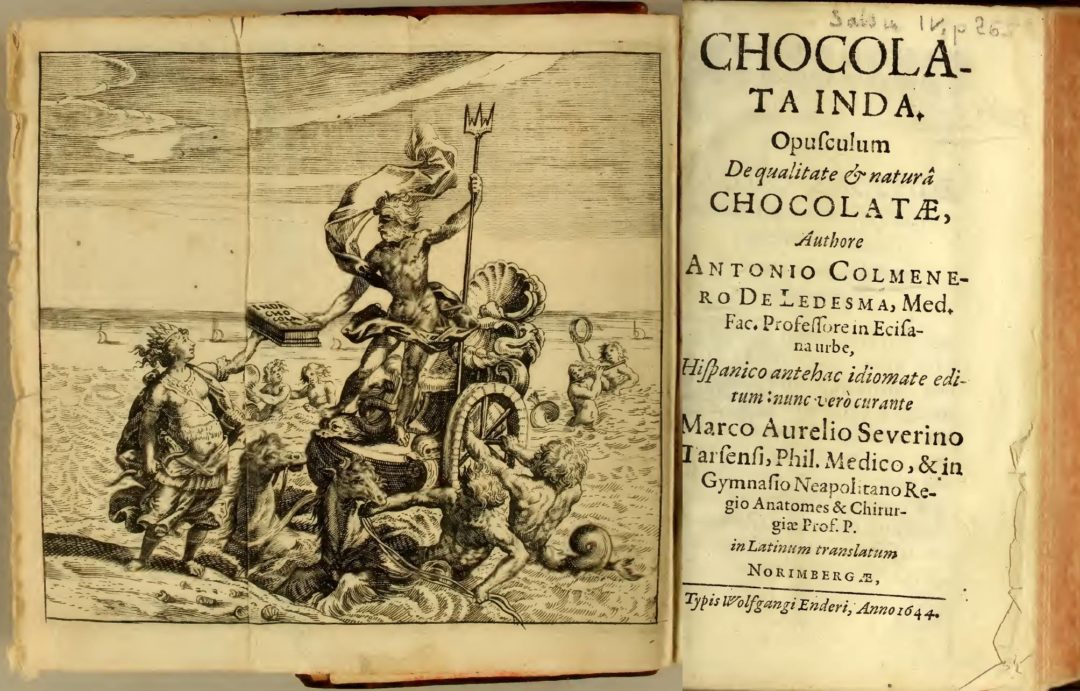
Chocolate's Origins: A Mesoamerican Marvel
Long before it became the beloved treat we enjoy today, chocolate had a vastly different role. The earliest Mesoamerican cultures used cocoa beans not just as a culinary delight but as medicine, ritual offerings, and even currency. Its significance was deeply woven into their daily lives.
Europe's Encounter with the Mystical Cocoa

In the 17th century, cocoa made its epic voyage across the vast oceans from the Americas to Europe. To Europeans who had never tasted this exotic elixir, it was nothing short of magical. It was regarded as an expensive and mystical potion, far removed from the comforting drink we know today.
Europeans were also encountering other foreign beverages like coffee and tea for the first time. These exotic infusions brought tales of distant cultures, people, and lands, sparking wonder and intrigue.
Chocolate as Medicine: Apothecaries and Warnings
Initially, cocoa was not sold as a food; it was dispensed as medicine from apothecary shops. Doctors prescribed it in specific doses, often warning against self-medication. It was a time when the unfamiliarity of cocoa led to tales of moral and physical confusion, even death, among those who indulged too much.
Madame de Sévigné, a prominent figure in French court life, famously cautioned her daughter about the potential dangers of chocolate, believing it could "burn your blood" and hide an inferno within the body.
The Birth of Chocolate Treatises

In response to the curiosity and concerns surrounding these potent "medicines," a tradition of treatises emerged over the next century. Chemists and tradesmen, claiming expertise in pharmacy and etiquette, began extolling the health benefits of these new hot drinks while issuing warnings about their misuse. In 1631, Antonio Colmenero de Ledesma published "Curioso tratado de la naturaleza y calidad del chocolate" in Madrid. Spain, being the main importer of chocolate at the time, had a unique perspective. Colmenero, with a background in medicine and experience in the colonies where cocoa was grown, was one of Europe's closest experts on the subject.
The Humoral Theory and Chocolate
Colmenero's work introduced chocolate to Europe as a drug by applying the theory of humoralism. This ancient theory posited that the body's health depended on a balance of four essential fluids or humors, each linked to an element of nature. Cocoa, with its conflicting hot and cold properties, presented a puzzle to Europeans, as its effects did not neatly fit into the established categories of "cooling" or "heating" remedies.
In Conclusion:
Antonio Colmenero's treatise played a vital role in introducing chocolate to Europe as a medicinal marvel. It was a time of intrigue and mystery, where cocoa's seemingly contradictory effects challenged prevailing beliefs about health and medicine.
It's in these early writings that we find the very first recipe for hot chocolate on the Continent, a delight for those who sought expertise in a cup.
The journey of chocolate from Mesoamerica to Europe is a testament to the enduring fascination with this delectable treat, from its mystical beginnings to its transformation into a beloved beverage.
Can chocolate make us feel good?
